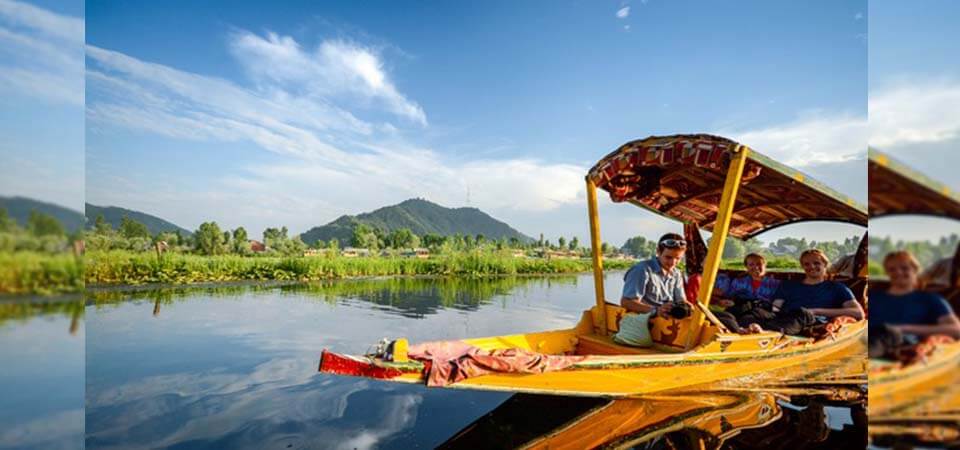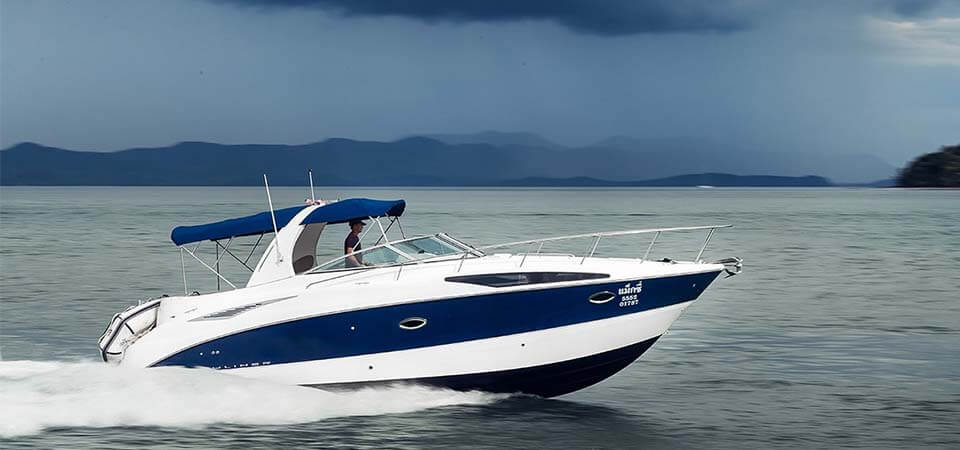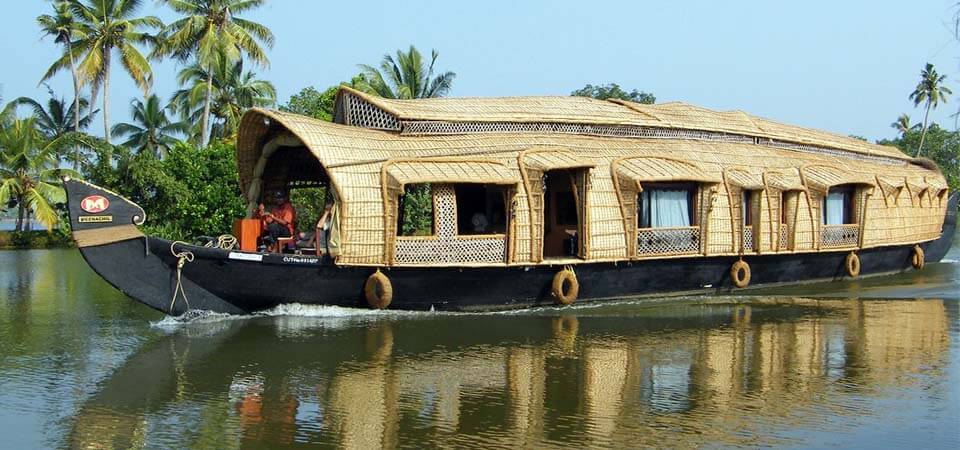Talk about Kerala, and you have to talk about its majestic backwaters and the stunning houseboats that sedately sail on them. Visitors come to experience this unique natural phenomenon and sailing on the traditional kettuvalloms or houseboats in Alleppey. These houseboats are a distinct feature of Kerala’s heritage and tourism industry. They also play an important role in the economy of the state. There are many different types of boats, though the most popular ones are those that have thatched roofs over wooden hulls. Today, let’s delve into the architecture and design of Alappuzha houseboats.
Houseboats construction was prevalent hundreds of years ago, being used mainly for transporting people and goods like spices, rice, etc. In the south Kerala region including Alleppey and Kochi, there are several small islands which are connected by backwaters, rivers, and other water bodies, and many homes had their own small boats and jetties. A British man is attributed with the idea of building a bamboo roof for the boat, and the idea is thought to have gained immense popularity from then.
There are many different types of houseboats in Kerala that one can see ferrying people and taking visitors on pleasure trips. Let’s see what they are:
Contents

Modeled after the famed shikaras of Kashmir, these boats are relatively small and have comfortable seating arrangements for visitors. You can go on these boats for sight-seeing, observing typical idyllic village life through narrow canals and wide rivers. They are primarily made of wood and reinforced with fibre to prevent decomposition. Often, these boats have arrangements like karaoke and music system, and snacks and cool drinks served on board. These boats charge by the hour, or half-day etc., and are budget-friendly options. Shikaras incorporate some traditional design, like wooden pillars and railings, etc.

These are motorized boats, often double-decker ones, with seating on top as well, and with a partial cover on top of that. These are used for sightseeing, and are also economically priced, and are capable of accommodating more people. Though people can move about on these boats, they don’t have toilets or pantries, but are equipped with safety equipment like life jackets and fire fighting equipment. Motorboats can go faster, at about 50 km per hour.

These are the boats with the traditional thatched roof, and there is a huge variety in the architecture and design of Alappuzha houseboats. There are fully enclosed houseboats, and partially enclosed ones, A/C and non A/C boats, and so on. The size also varies, with boats having anything from one to ten bedrooms. These boats have bathrooms with bathtub, jacuzzi etc., a small kitchen, TV, internet connectivity, and so on. You can get freshly prepared Kerala-style food, often with the day’s catch, if you fancy seafood. You can book these boathouses for the whole day or day/night cruise.
The thatched roofs of these boats are styled in different ways to make them more attractive to tourists. There are rounded roofs, sloping roofs, arches for the main entry door, and so on. Of course, the thatch is cut out in places where the windows are, to allow the guests inside an unhindered panoramic view of the mesmerizing landscape. These boats float in a relaxed manner on the placid waters, enabling you to drink in the natural beauty surrounding you and immerse yourself in it.
You may wonder, is the houseboat experience in Alleppey, Kerala worth it? Well, when you hear how it is made, you will definitely feel that it is! It all begins with choosing the ideal materials. These houseboats are basically made of treated wood and reinforced with metal and fibre, coir ropes, and palm leaves. So you see, most of the material used is environmentally friendly, lightweight, and durable. The body is made with seasoned wooden planks, with the thatched roof made from palm leaves, which is then covered with coir matting.
Once the frame is ready, the engine and steering mechanism are installed to propel the boat through the waters. The next step is to decorate the interiors. While conventional kettuvalloms were simple and had a rustic charm, the houseboats of today are fitted with all the modern trappings like western-style toilets, comfortable beds, premium plumbing fittings, and so on, to cater to the preferences of national and international tourists.
The final step is to make the exterior of the houseboat appealing, and this is done with the use of bright paint and traditional motifs. The houseboats often have an open deck for them to sit and enjoy the view, have a drink, play games, and so on. In bigger houseboats, these decks are often on the upper floor, giving a balcony effect.
It’s interesting to note that traditionally, these boats were made without using a single nail, and the planks were held together just using the coir ropes made from coconut fiber. A greasy resin made from boiling cashewnut shells was used to coat the body of the boat, and it also helped to make it water-resistant. In olden times, the boats were punted with the help of long bamboo poles (this could be done as the water through which they traversed was not too deep), and the upper portion was often fashioned into vaulted shapes, allowing the interiors to be spacious, with high ceilings.
Though much of the original methods and conventional materials are still used, the process has undergone some change; it still remains complex, and it takes a lot of time. After all, a Kerala houseboat is a work of art! Today, with more people being concerned about the ecology, the houseboats have several eco-friendly elements in it, including low emission to minimize pollution.
Today, houseboats in Alleppey are all about providing optimal comfort and luxury, a serene atmosphere, and an enthralling experience while offering a sense of tradition. So what you get is a scintillating combination of traditional design and contemporary comfort that gives you an unforgettable experience.
So, we’re pretty sure you’re now thinking, which is the best time for house boating in Alleppey? That one’s easy! The best time is from October to February, as the weather is pleasant in these months. The monsoon is over, and the summer heat is still a few months away. Of course, you can still expect a few showers. Going for a cruise in a Kerala houseboat can be a rewarding, memorable, and thrilling experience, one you’re sure to even recommend to others. If you want to discover the best way to book a houseboat in Alleppey, we will be happy to help! ATDC has a wide range of houseboats and tour packages for you to choose from.